Sewing Tools: Pins
Sewing is a timeless craft that has been passed down through generations. Whether you are a professional tailor or a DIY enthusiast, sewing tools are essential to achieve beautiful and professional-looking garments. One of the most fundamental tools in sewing is pins. These tiny but mighty tools play a crucial role in holding fabric pieces together and preventing them from shifting while sewing. Let’s dive into the world of sewing pins and discover why they are an essential tool in every sewing kit.
Types of Pins
Pins come in different sizes, shapes, and materials. The type of pin you choose will depend on the fabric you are working with and the project at hand.
- Straight Pins: These are the most common type of pins used in sewing. They are thin and have a sharp point, making it easy to pierce through most fabrics. They come in different lengths, with shorter pins suitable for delicate fabrics, and longer pins for thicker fabrics.
- Silk Pins: These pins are similar to straight pins but are extra fine and have a longer, smoother shaft. They are ideal for lightweight and delicate fabrics that can easily get damaged.
- T-Shaped Pins: These pins are thick and have a flat T-shaped head, making them easier to grip and handle. They are commonly used for pinning down patterns onto fabric or for heavier fabrics such as denim or leather.
- Ball-Point Pins: These pins have a rounded tip instead of a sharp point, making them suitable for knitted or stretchy fabrics that can get pulled or damaged easily.
Uses of Pins in Sewing
- Pinning Fabric: The primary purpose of pins is to hold fabric pieces together while sewing. When cutting out pattern pieces, pins are used to secure the paper pattern to the fabric, ensuring it does not shift or move while cutting.
- Securing Seams: When sewing seams, pins are used to hold the fabric pieces together, ensuring they stay in place and do not shift while sewing. This is especially helpful when sewing curves or corners, where precision and accuracy are crucial.
- Gathering Fabrics: Pins are also handy when creating gathers in fabric. They are used to temporarily hold the fabric in place while the gathering stitches are being sewn.
- Marking: In addition to holding fabric in place, pins can also be used for marking specific points on the fabric, such as darts, pleats, or notches.
- Decorative Detailing: Pins can also be used to add decorative elements to a garment. By strategically placing pins in a specific pattern or design, you can create unique and eye-catching details on your projects.
Tips for Using Pins
To make the most out of your sewing pins, here are a few tips to keep in mind:
- Always pin parallel to the seam, not perpendicular. This makes it easier for the pin to slide out while sewing, without poking you.
- Do not push pins into the sewing machine. This can damage your machine and cause injury.
- When sewing over pins, remove them right before the needle reaches them. This prevents the pins from bending or breaking and causing damage to your machine or project.
- Use caution when working with delicate fabrics. Silk, chiffon, and other delicate fabrics can snag or get damaged easily with pins. Use a silk pin or insert the pins at an angle to prevent snags.
- Always store your pins in a pincushion or a pin holder to keep them organized and prevent accidents.
In Conclusion
Pins may seem like a small and insignificant tool, but they are an essential part of any sewing project. Without pins, sewing would be a frustrating and challenging task. Investing in good quality pins and knowing how to use them correctly can make a world of difference in your sewing experience. So next time you sit down to work on a sewing project, remember to grab your trusty pins and let them guide you in creating beautiful and well-made garments.
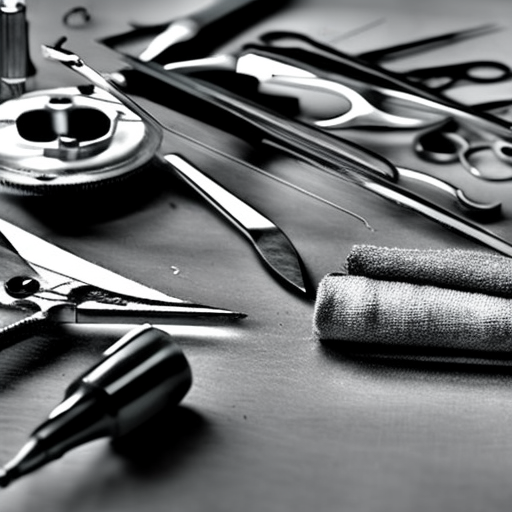
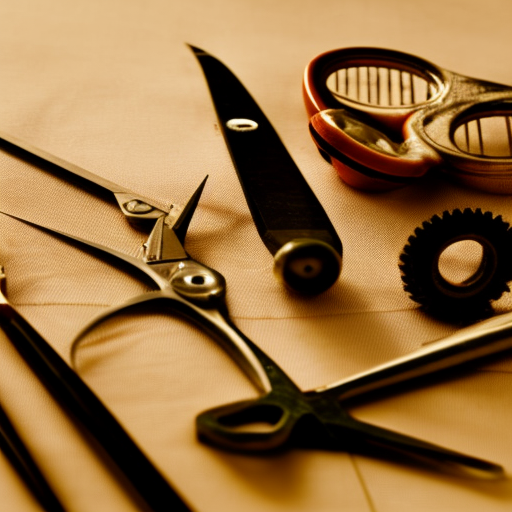
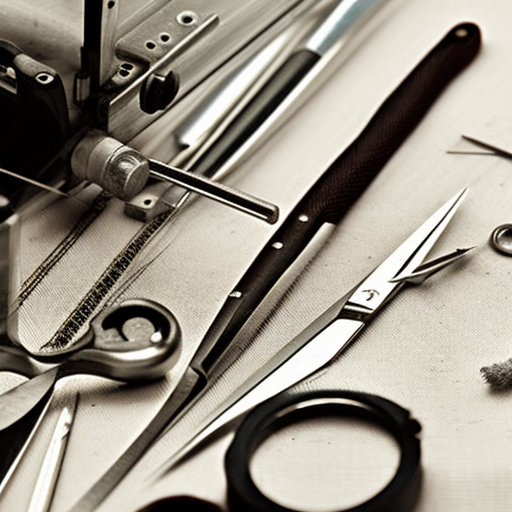
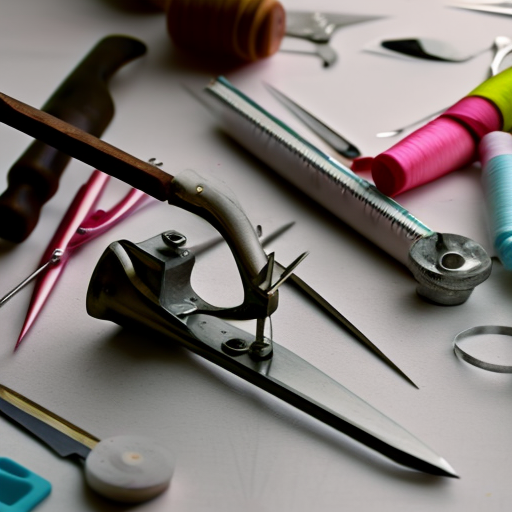
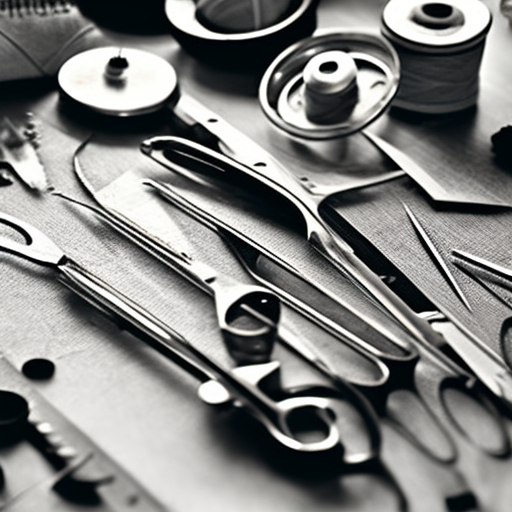
Great list of pins!
Thanks for the recommendations. Looks like sewing just got a lot easier with this awesome list of tools!